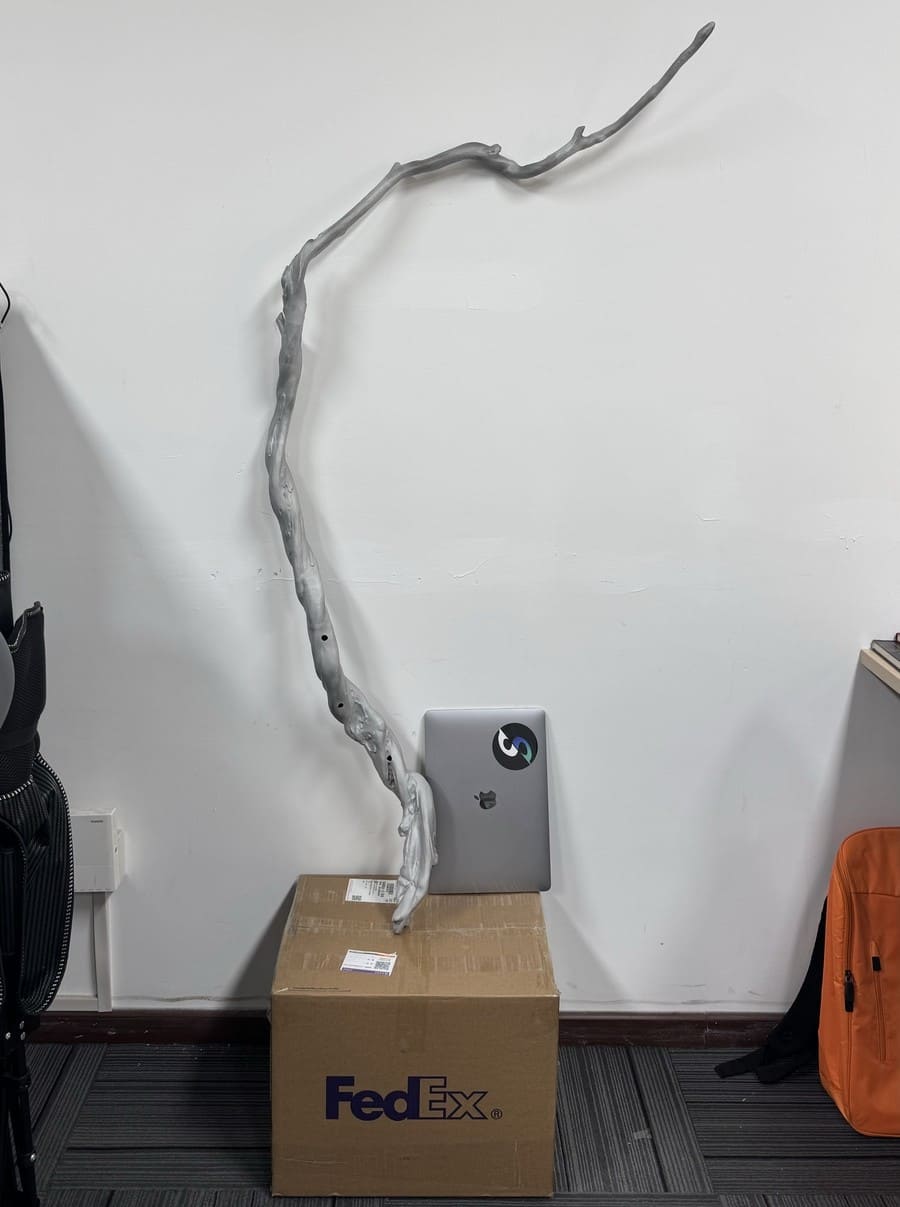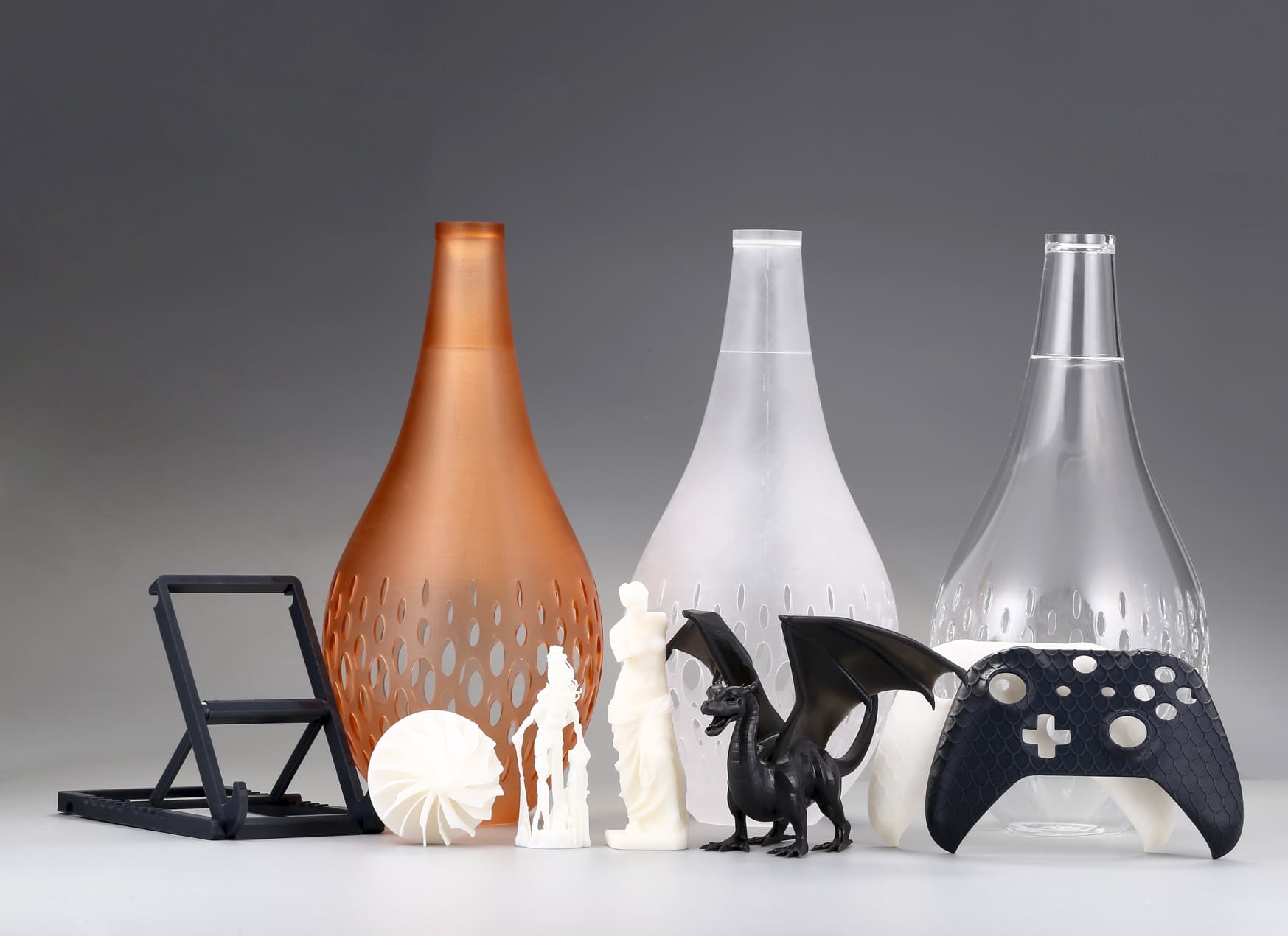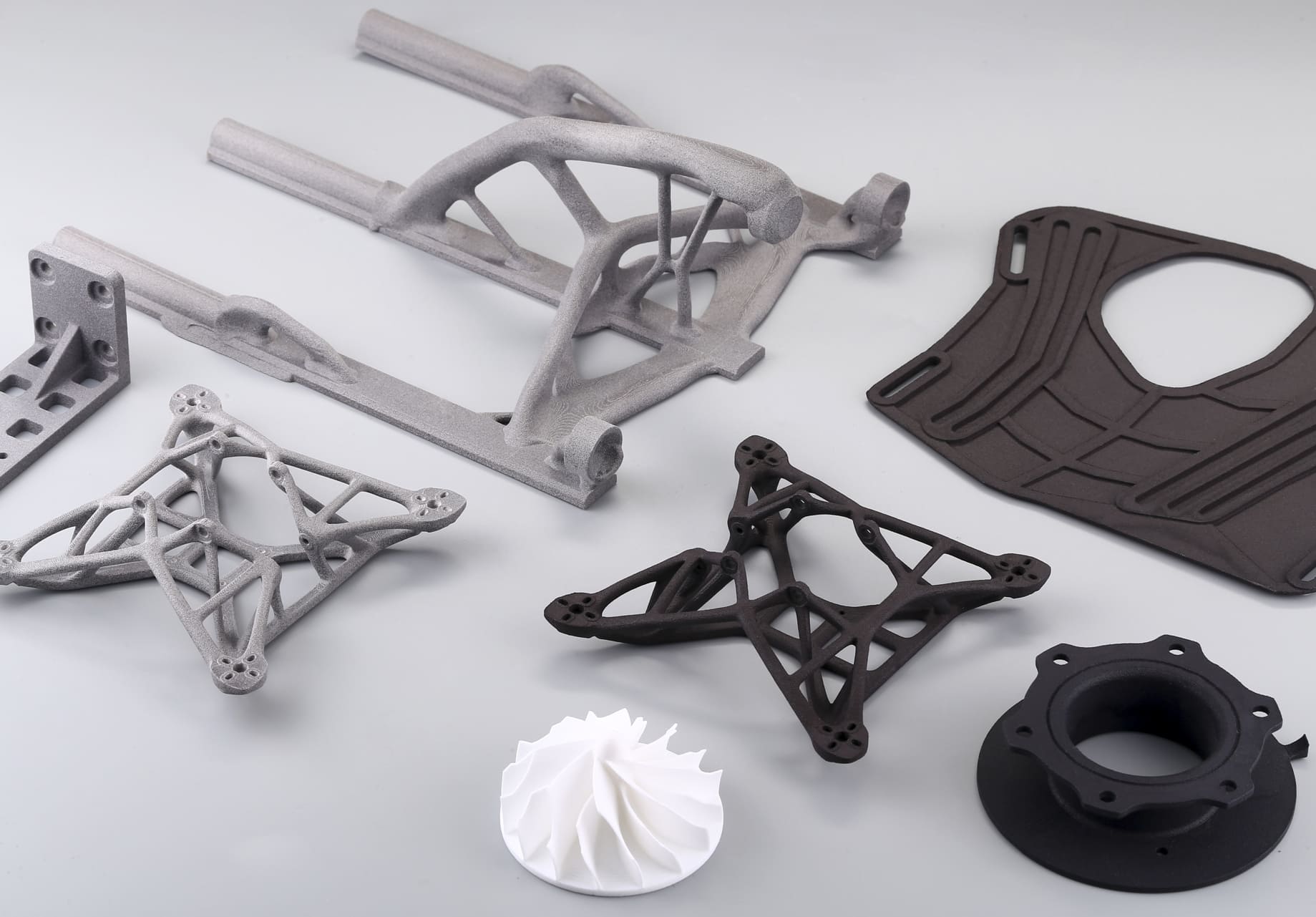The Scanning Technologies
3D scanning has evolved from early mechanical technology to a complex technology that combines optical, laser and photographic technologies. One of the most widely used technologies is structured light scanning, which projects a pattern of light onto an object and is captured by a camera. The deformation of the pattern can reveal the contours of the object's surface, providing a high-precision, detailed model that is ideal for modeling small and medium-sized objects.
Laser scanning is another powerful technology that sends a laser beam through an object, measuring distances with high accuracy by timing reflections. It excels at mapping larger objects, or even entire environments, with amazing detail. Photogrammetry, on the other hand, relies on taking multiple images from different angles and employing algorithms that triangulate points on the surface of an object. While photogrammetry is generally less expensive, it requires careful image capture and often requires additional processing to produce an accurate 3D model.
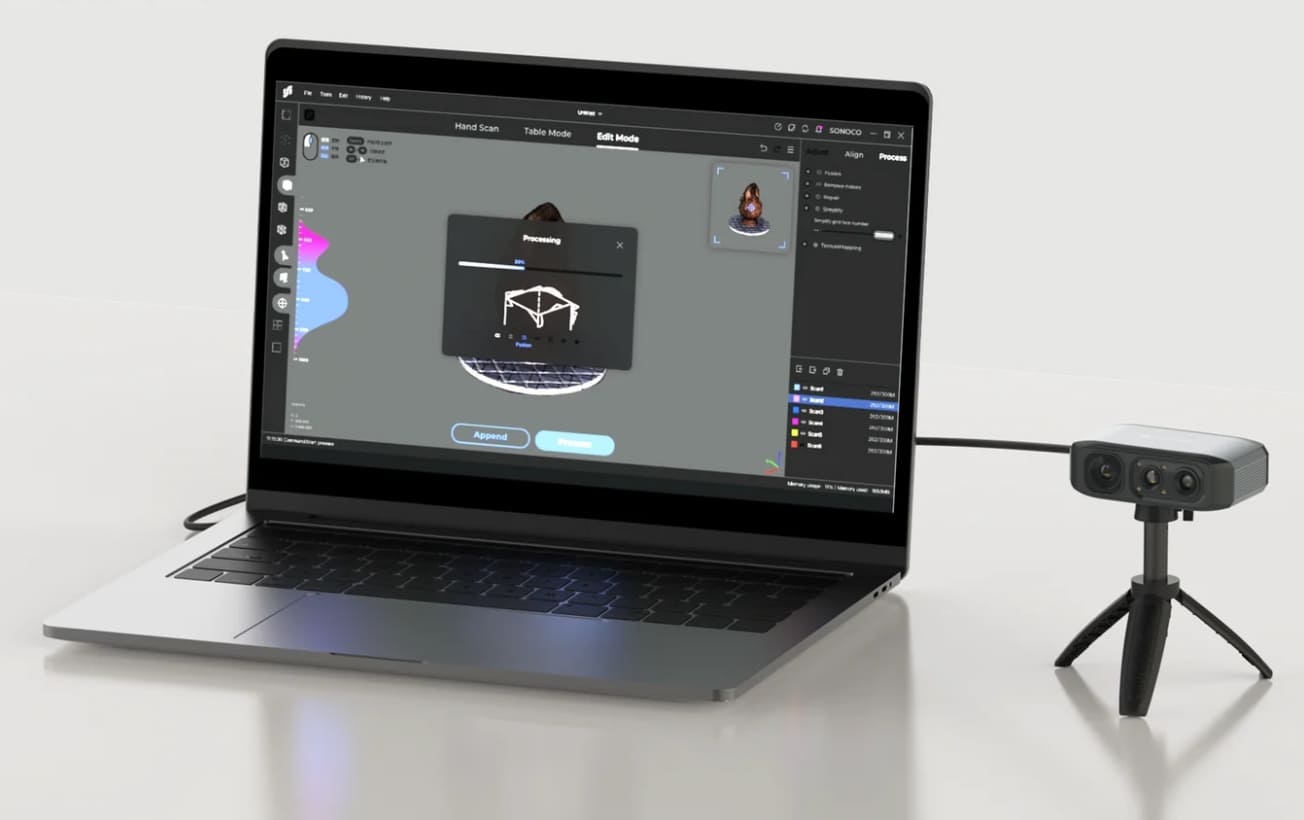
Image Source: 3DMAKERPRO
How 3D Scanners Work
3D scanners work by capturing an object's geometry and sometimes texture. Most scanners project light (whether structured light, laser, or infrared) to illuminate the subject. When the light interacts with the object's surface, the sensor records the reflected light. Sophisticated software then converts these reflections into a digital point cloud, essentially a dense collection of coordinates that represents the object's surface.
This point cloud is further processed, with algorithms connecting the points to create a mesh - a coherent network of triangles or polygons that make up the surface of the digital model. For highly detailed projects, additional steps such as texture mapping and color correction are applied. These steps help ensure that the digital model looks very similar to its real-world counterpart. Designers and engineers can then optimize the digital file in a computer-aided design (CAD) program before it goes to the 3D printing stage, ensuring that every curve and edge meets the required precision.
Key Features to Consider When You Need to Buy a 3D Scanner
Resolution and Accuracy
One of the foremost considerations is the scanner’s resolution, often directly linked to the quality of the final 3D model. High-resolution scanners capture finer details and are essential for applications such as quality control or replicating intricate designs. Accuracy is also crucial; even the best 3D printer can’t correct for inaccuracies in scanned data.
Speed and Ease of Use
In many industrial settings and creative studios, time is money. Look for scanners that offer rapid acquisition rates without sacrificing detail. Additionally, a user-friendly interface and streamlined software integration can significantly reduce post-scan processing time.
Portability and Versatility
Depending on whether you’re scanning in a fixed studio or on-the-go, portability might be a key factor. Handheld scanners offer flexibility and can capture objects in situ, while stationary scanners might deliver more consistency in controlled environments.
Software Compatibility
Robust software capabilities—such as automatic mesh cleaning, hole-filling, and support for various file formats—are essential. These features help ensure that the scanned data can be seamlessly integrated into your preferred 3D printing workflow without excessive manual intervention.
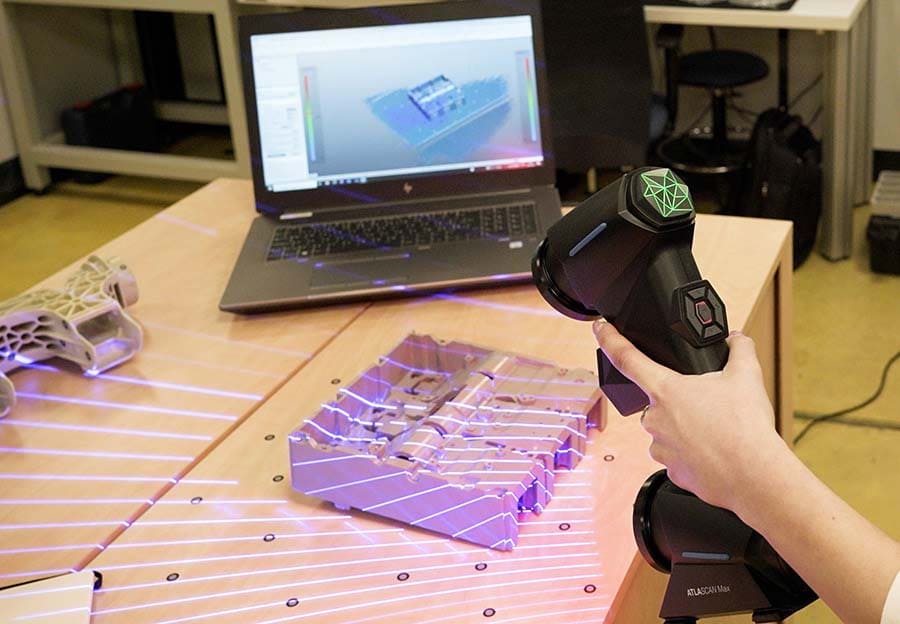
Image Source: Hexagon Atlascan Max
3D Scanner Applications
In manufacturing and industrial design, 3D scanners serve as a critical tool for quality control, reverse engineering, and prototyping. Engineers can quickly compare the physical product against the digital model to detect any deviations in real time, significantly reducing time-to-market for new products.
In the medical sector, 3D scanning plays a crucial role in patient care, providing personalized prosthetics and orthotic devices with a perfect fit.
In cultural heritage and art, museums leverage 3D scanning to digitally preserve sculptures, artifacts, and monuments digitally, ensuring that history remains accessible to researchers and the public alike.
The gaming and entertainment industries also benefit from 3D scanning for realistic character and environment modeling, which makes digital worlds more immersive.
Tips for Cleaning and Repairing Meshes
|
Step |
Action/Objective |
Tools/Software |
Notes |
|
Remove Outlier Points |
Identify and remove stray points that distort the shape. |
MeshLab, Blender, or similar mesh editing software |
Eliminates noise that may cause printing artifacts. |
|
Repair Holes & Gaps |
Fill in missing data to achieve a complete mesh structure. |
Automated repair tools in 3D scanning software, Manual editing tools |
Essential for restoring continuity; some intricate designs may need hands-on intervention. |
|
Apply Smoothing |
Reduce surface roughness while preserving critical details. |
Smoothing algorithms available in CAD or mesh processing software |
Polishes the model's surface without compromising the design’s integrity. |
|
Ensure a Manifold Mesh |
Verify that every edge belongs to exactly two faces. |
CAD tools or dedicated mesh editors |
Guarantees a watertight model, crucial for successful 3D printing. |
3DSPRO Helps You Print the 3D Model
Just finished creating a 3D model with your scanner? At 3DSPRO, we make it easy to turn your digital files into real-world objects. Whether you’ve scanned a prototype, an art piece, or a custom part, our professional 3D printing services help you move from scan to finished product — quickly, affordably, and with outstanding quality.
We support a wide range of file formats and materials, from durable plastics to premium metals. Simply upload your 3D model, choose your material and finish, and let us handle the rest. Our experts are here to ensure your scanned models are accurately printed with precision and care.
Ready to transform your 3D scans into physical creations? Get started with 3DSPRO today!
